American Icon: Alan Mulally and the Fight to Save Ford Motor Company
Back in the 1940s, all red-blooded American high-school kids were divided into two warring camps. Ford guys. And Chevy guys.
Flat-head V-8s were being rodded in California garages. In the mid-west ’36 Fords battled stove-bolt Chevys for honors on the quarter-mile dirt track at the fairgrounds every Saturday night.
For reasons I still don’t understand, I was a Ford guy. So, when fresh out of Michigan State I found myself working as a copywriter at the J. Walter Thompson advertising agency on the Ford account I thought I’d landed in tall cotton. Working on Ford at JWT turned out to be a huge disappointment. The whiz kids Henry Ford II hired after the war brought the company back from the brink, but Dearborn was still punch drunk from the legacy of the original Henry Ford. Paranoia about Tin Lizzie still haunted the company. Ford’s blue oval logo was not permitted on Ford cars or in Ford advertising. And we who made advertising got scant respect—agency reps often spent hours cooling their heels waiting for their meetings in a room at headquarters known as “the caddy shack.” It was not pretty. But it was the era of chrome and tail fins. Ford wasn’t lean but was mighty mean to vendors, suppliers, and its own workers.
Cut to the mid-‘80s and David Halberstam’s book The Reckoning which chronicled the decline of the American automobile industry and the rise of the Japanese. Halberstam used Ford and Nissan as metaphors to describe “the fateful challenge to American industrial supremacy” caused by competitors from abroad and American industrial arrogance. Now, 25 years later, Bryce Hoffman arrives with American Icon and tells the whole story, this time with what appears to be a happy ending. He describes the near death experience of Ford Motor Company complete with backstory. He celebrates its remarkable rebirth led by one of America’s most remarkable business leaders, Alan Mulally.
“This company has been going out of business for thirty years” Mulally said at one point, trying to show his executive team the wisdom of his plan. Hoffman revisits the years of decisions that ultimately nearly killed the company and goes step-by-step through the business and product decisions that got Ford back on track. Bill Ford gets full credit for doggedly trying to unwind the management tangles that threatened the company and getting the support of the Ford family who own controlling interest in the company. This is business history that reads like a murder mystery or a romance novel!
Mulally’s management style and emphasis on building an executive team that would work together had been a success at Boeing’s airplane division. At Ford he managed to toss a grenade into a group of top managers who feared for their jobs and for years had spent more time trying to assassinate one another than focus on Ford’s customers, dealers and competitors. Hoffman, an award-winning journalist, spent years covering Ford for The Detroit News and knew where the bodies were buried before Mulally arrived in 2006. When he decided to write American Icon, he told Ford of his intentions, and got not only permission but also encouragement and cooperation from Bill Ford, Alan Mulally, and other executives, some who are willing to be named and others who prefer anonymity. From time to time you may feel Hoffman is a bit breathless and ready to throw rose petals in the company’s path. But in spite of his obvious adoration of Mulally and team, Hoffman’s stories seem totally authentic. And the proof of Mulally’s leadership skill is in showrooms today.
Hoffman tells this riveting tale in clear and lively reporter’s prose. He’s always the third party, looking from the outside in. As a result, the story is absent the ego and self interest that pervades Bob Lutz’s account of his most recent tour at GM in Car Guys vs. Bean Counters.
My fellow Ford enthusiasts from high school will enjoy the product details. The melding of far-flung regional fiefdoms into a global business is inspiring. But students of management will also find Mulally’s leadership principles can be applied to virtually any business of any size. I suspect American Icon will become required reading in business schools before too long.
One final note: In case you’re wondering, I absolutely loved this book. Couldn’t put it down. It’s a bit more than 400 pages in hardcover and over 600 on my iPad.
Copyright 2012, Arthur Einstein (speedreaders.info).


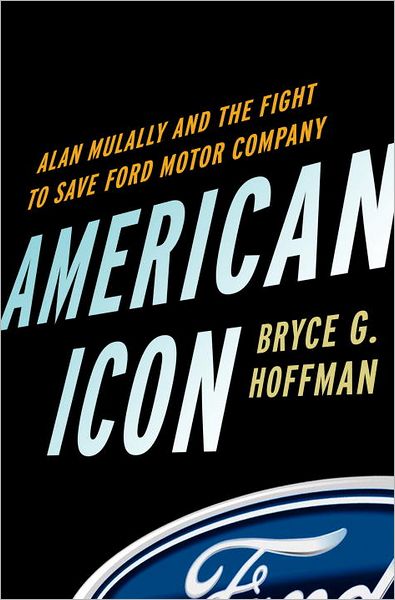
 RSS Feed - Comments
RSS Feed - Comments













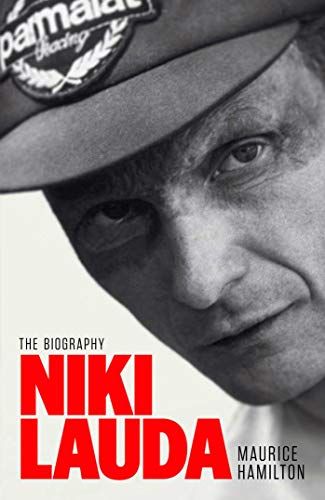
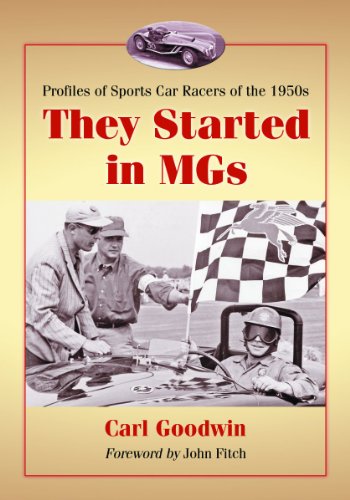
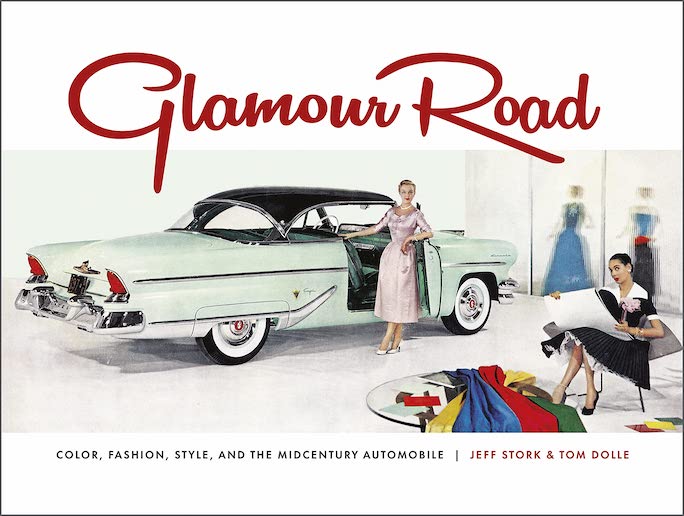


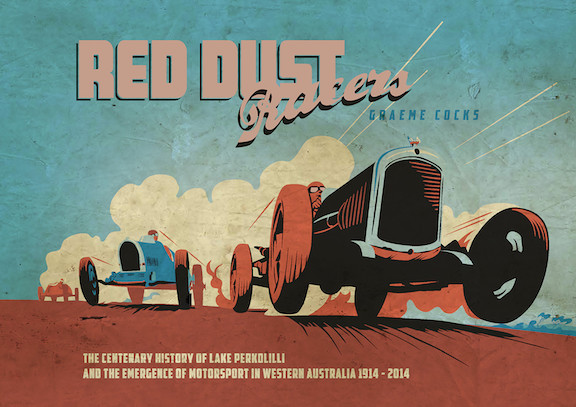


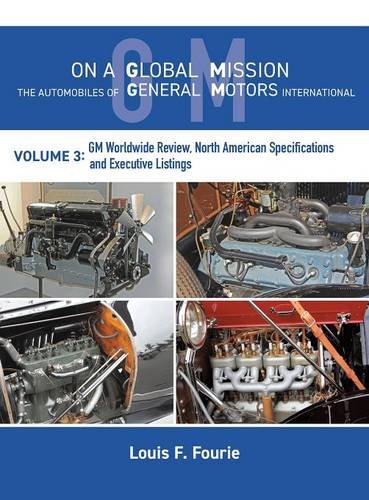




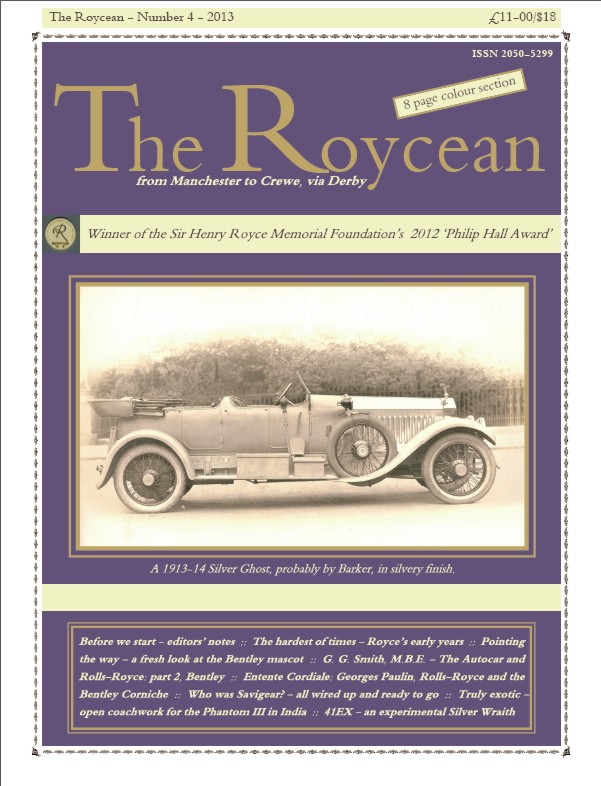

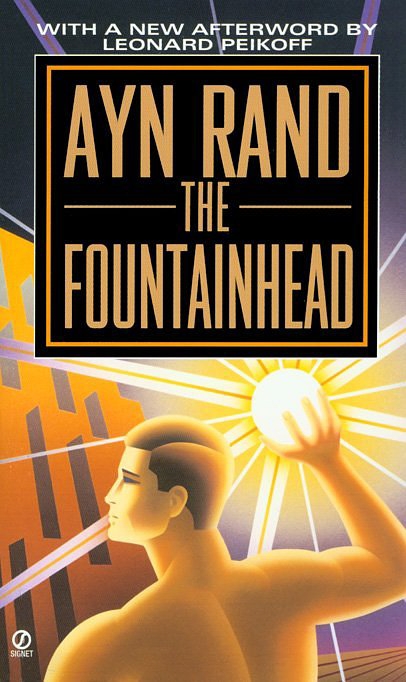



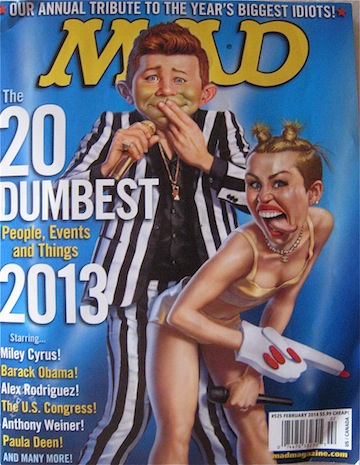
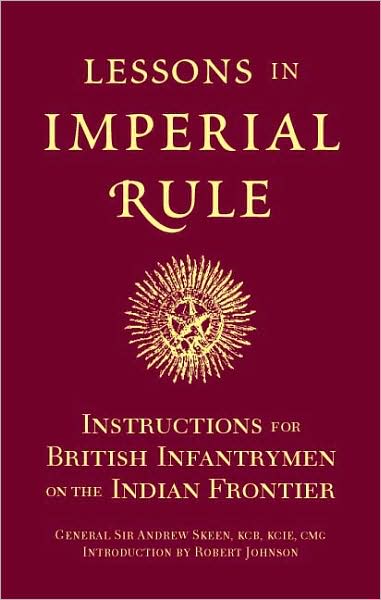

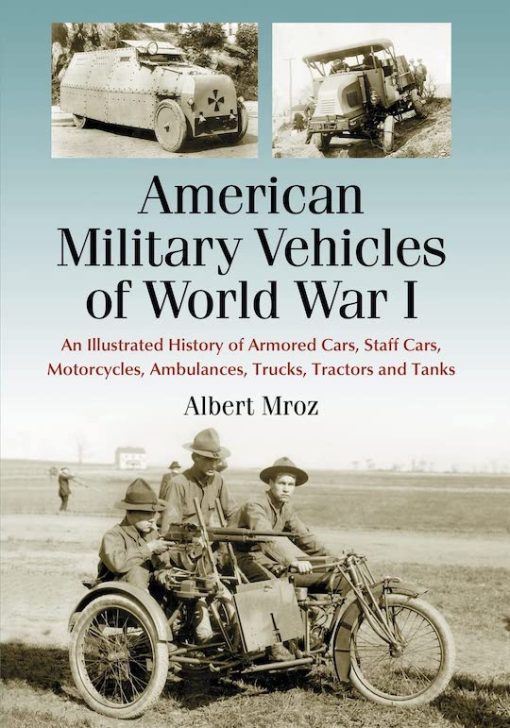

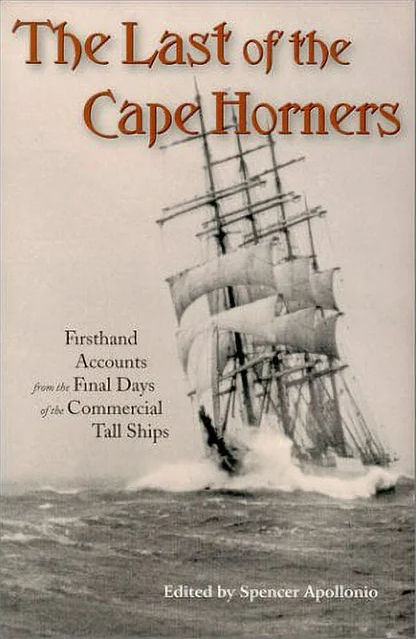
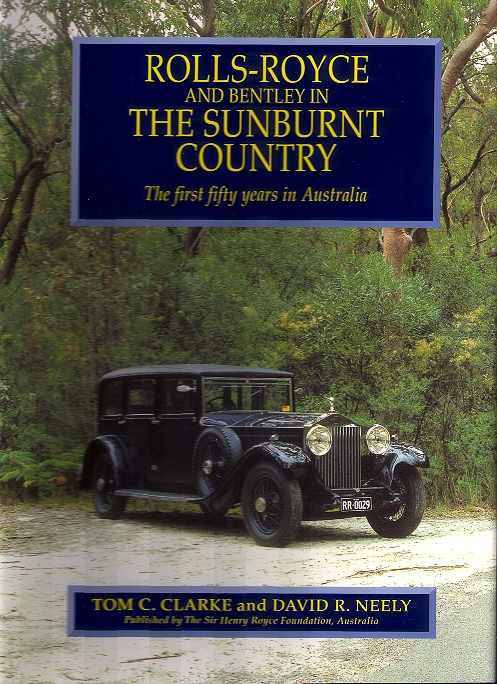
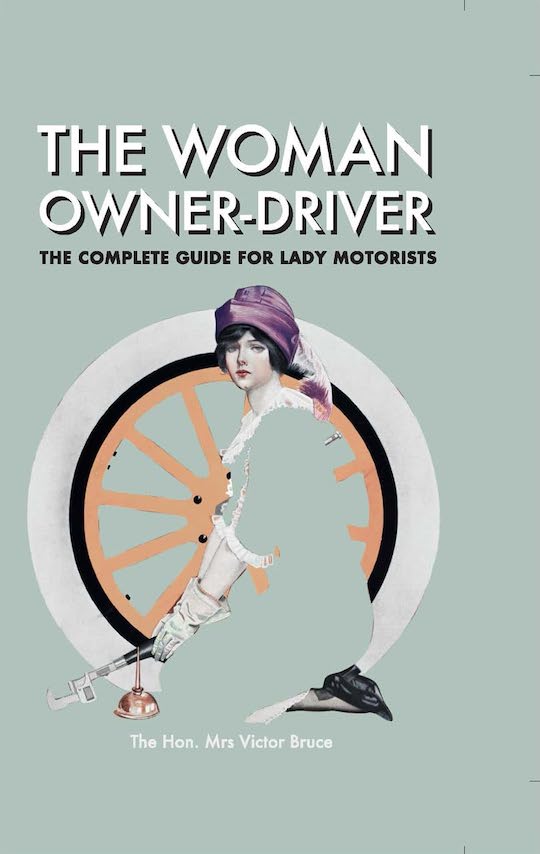
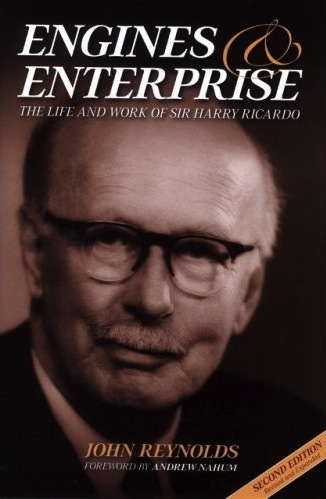



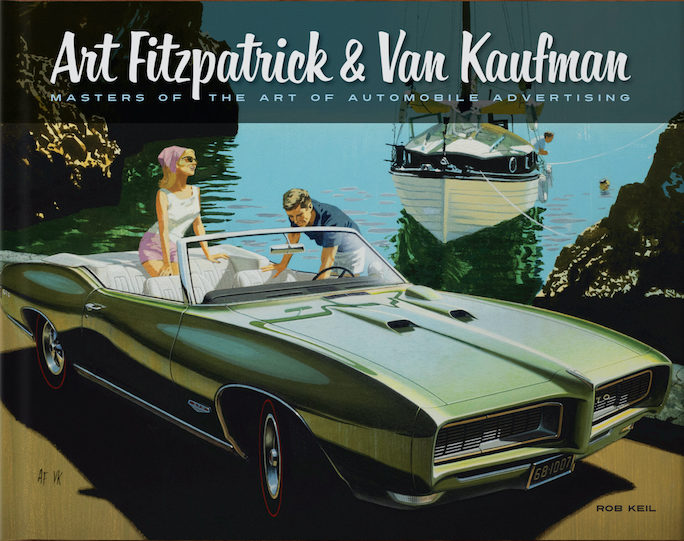
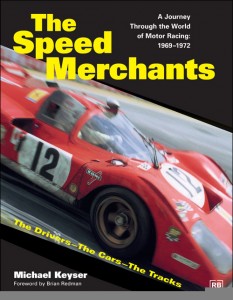
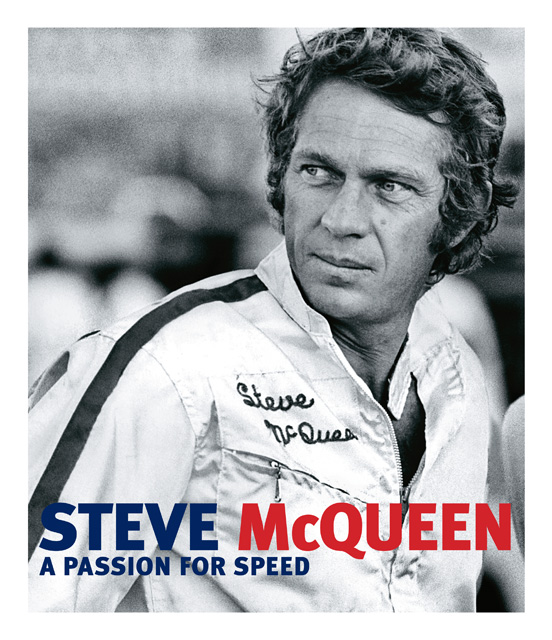

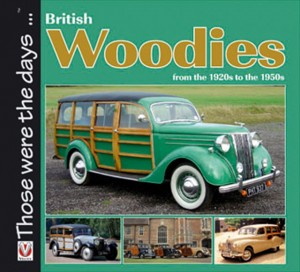

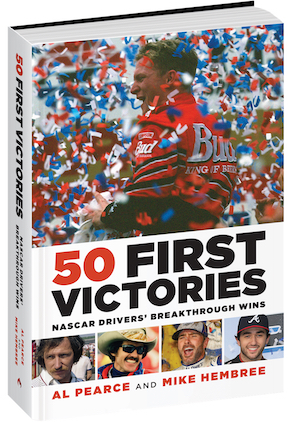


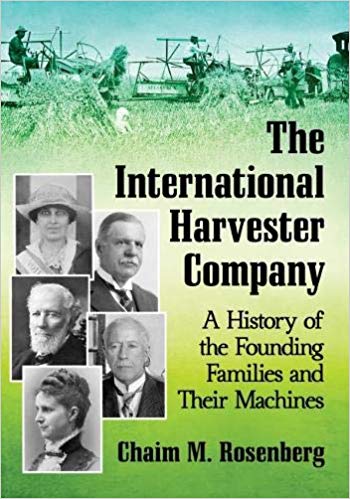

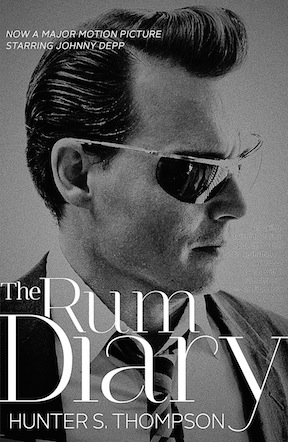


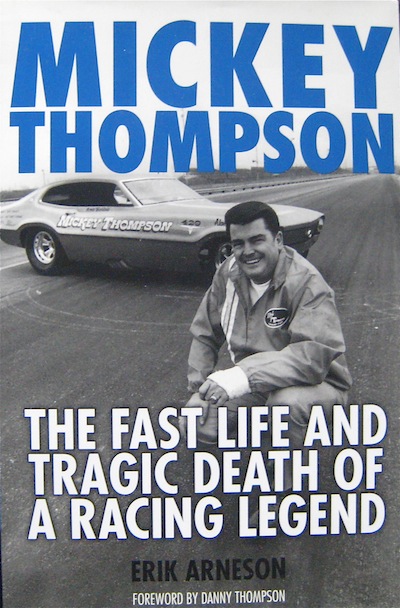

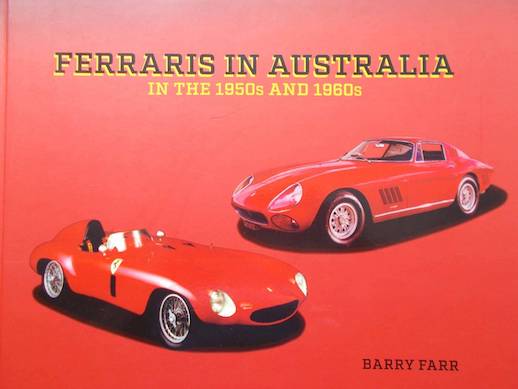
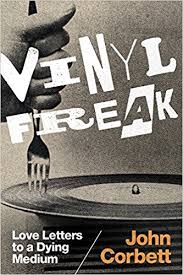








 Phone / Mail / Email
Phone / Mail / Email RSS Feed
RSS Feed Facebook
Facebook Twitter
Twitter
Dear Arthur,
Please forgive the tardiness of this reply, but I’ve been traveling and only just got a chance to read your excellent review of “American Icon”. Thank you so much! I’m glad you liked the book, and I appreciate your support for it!